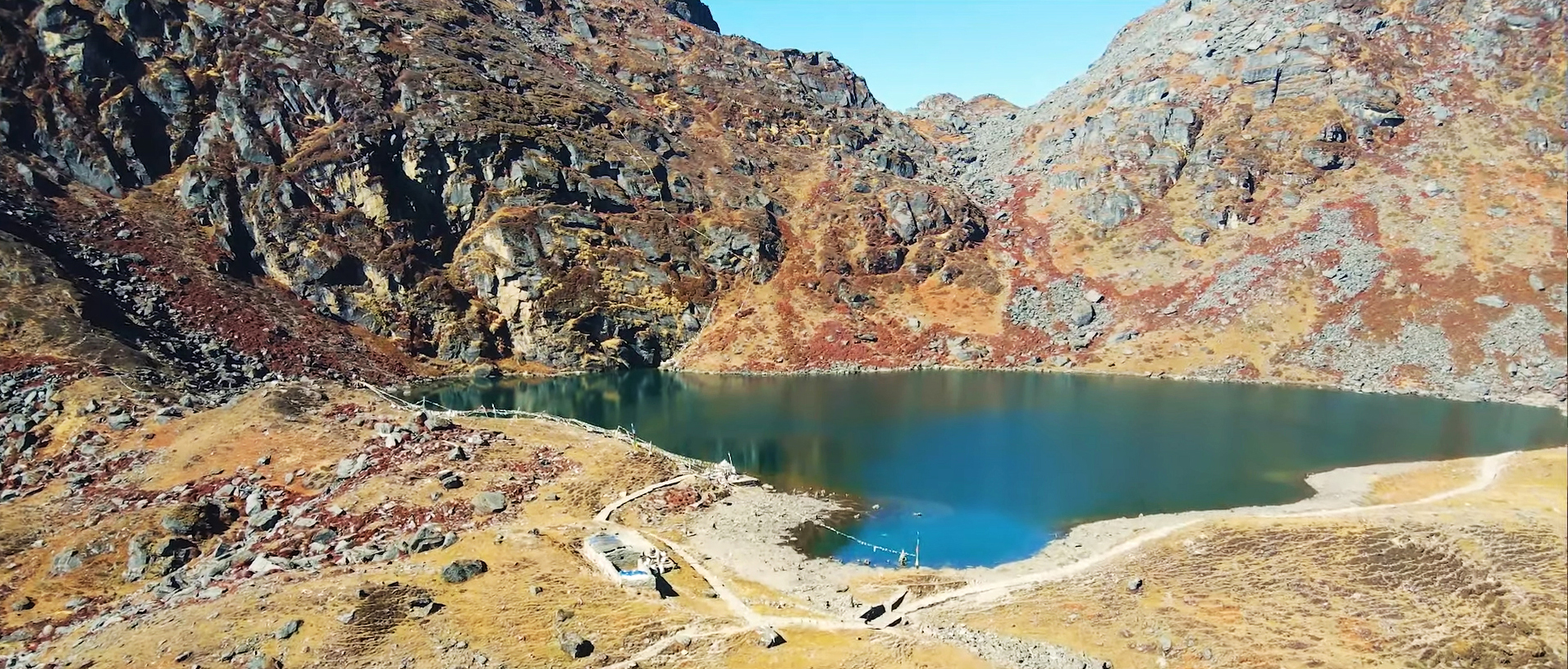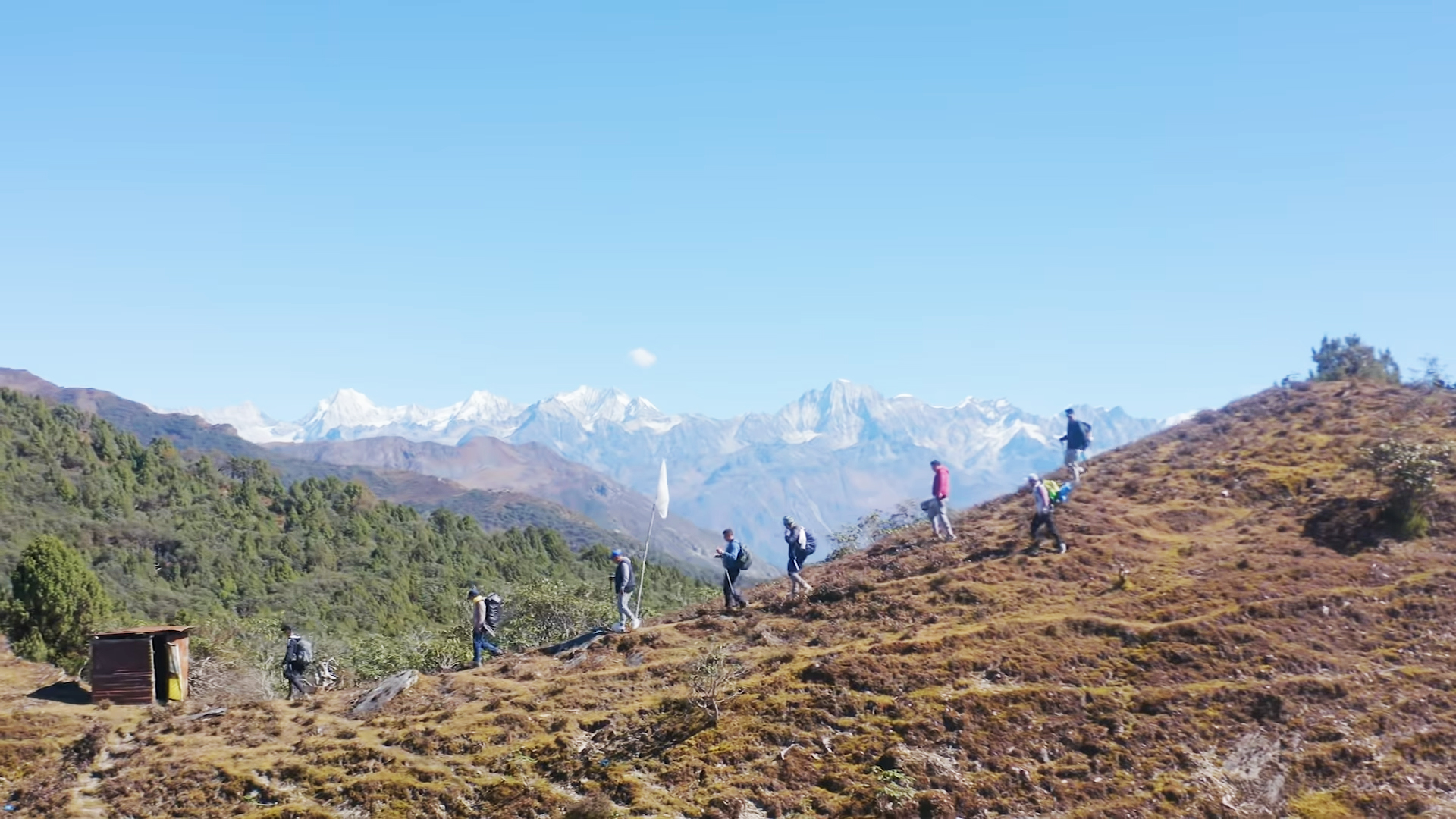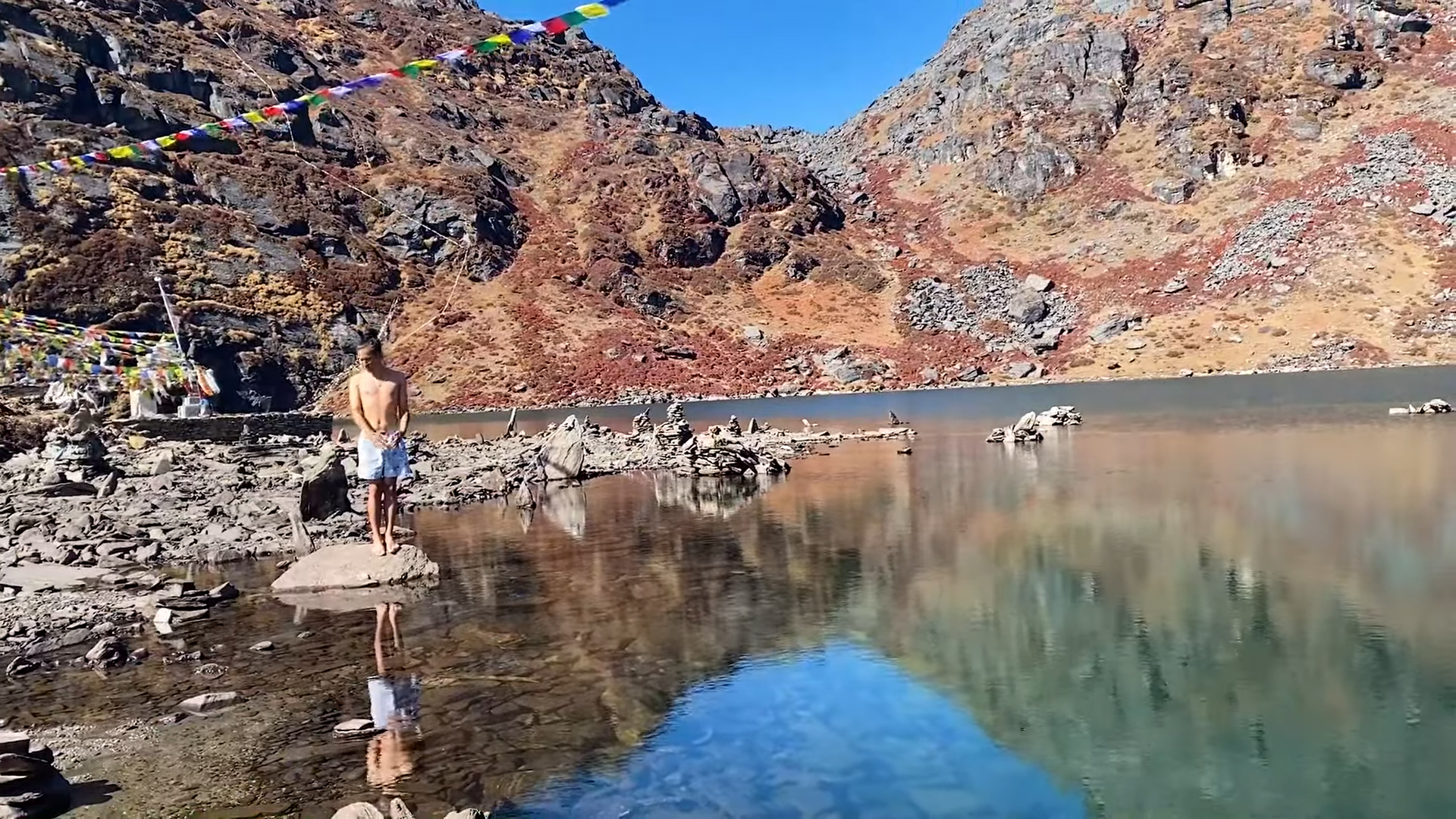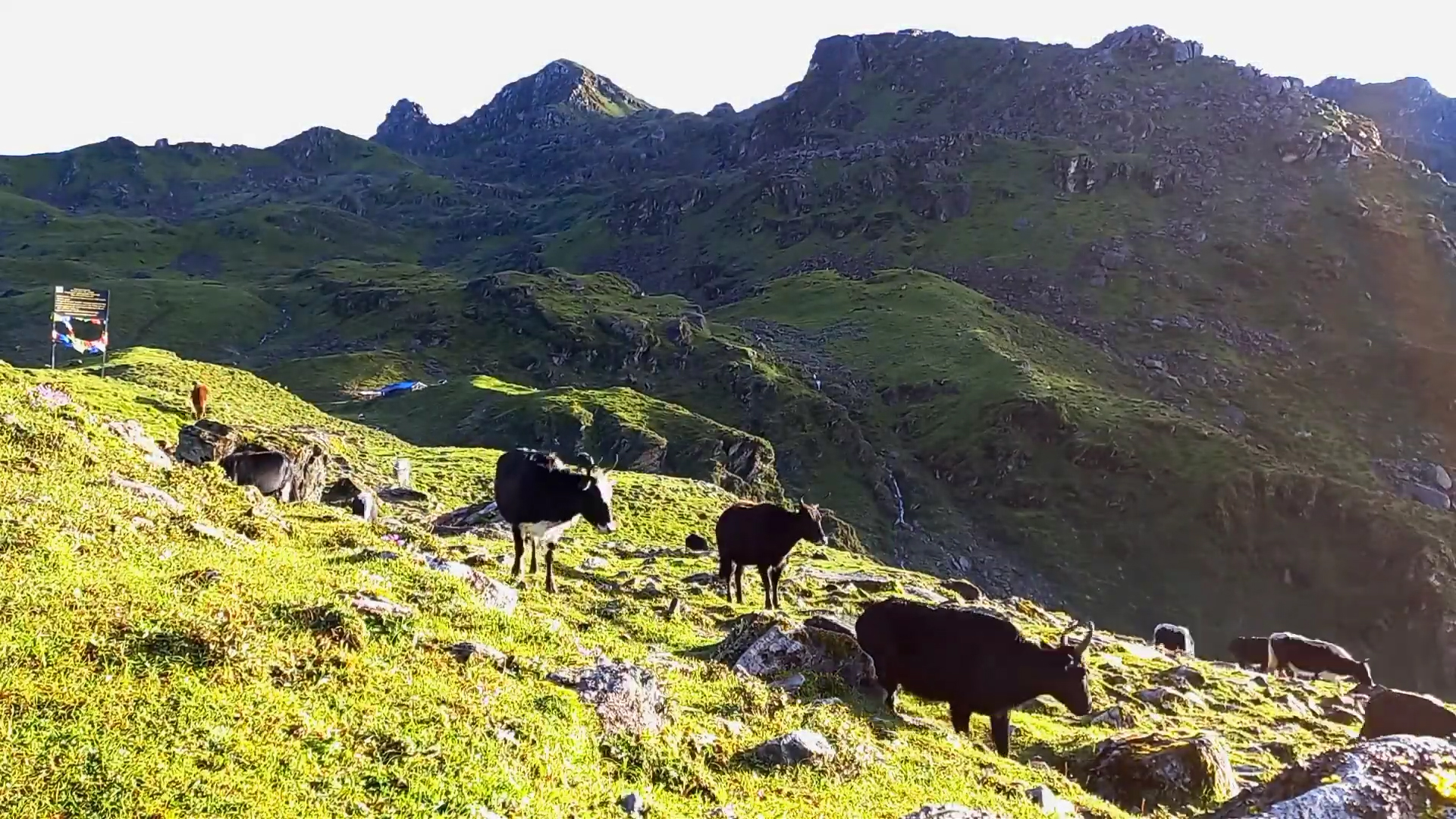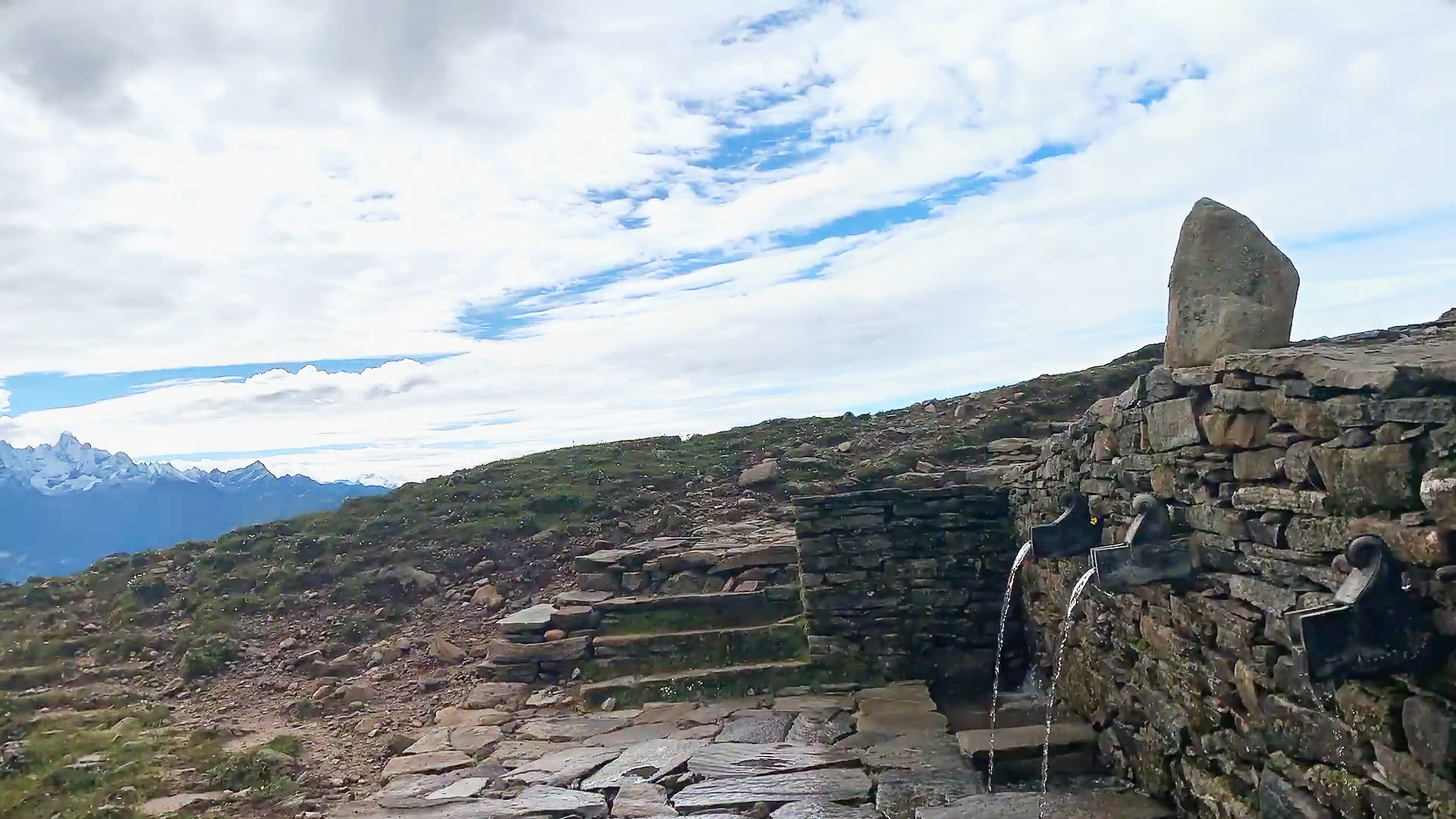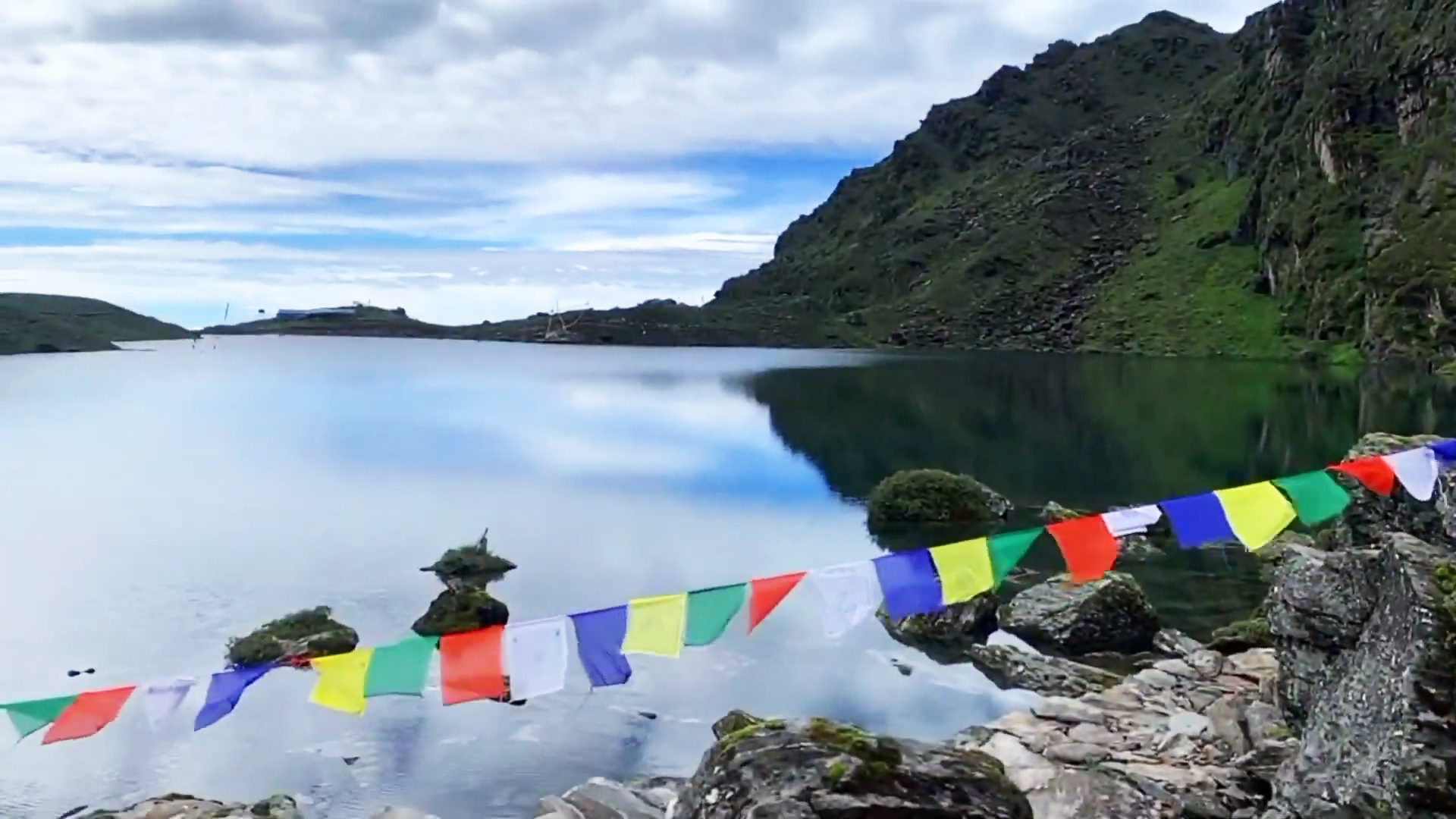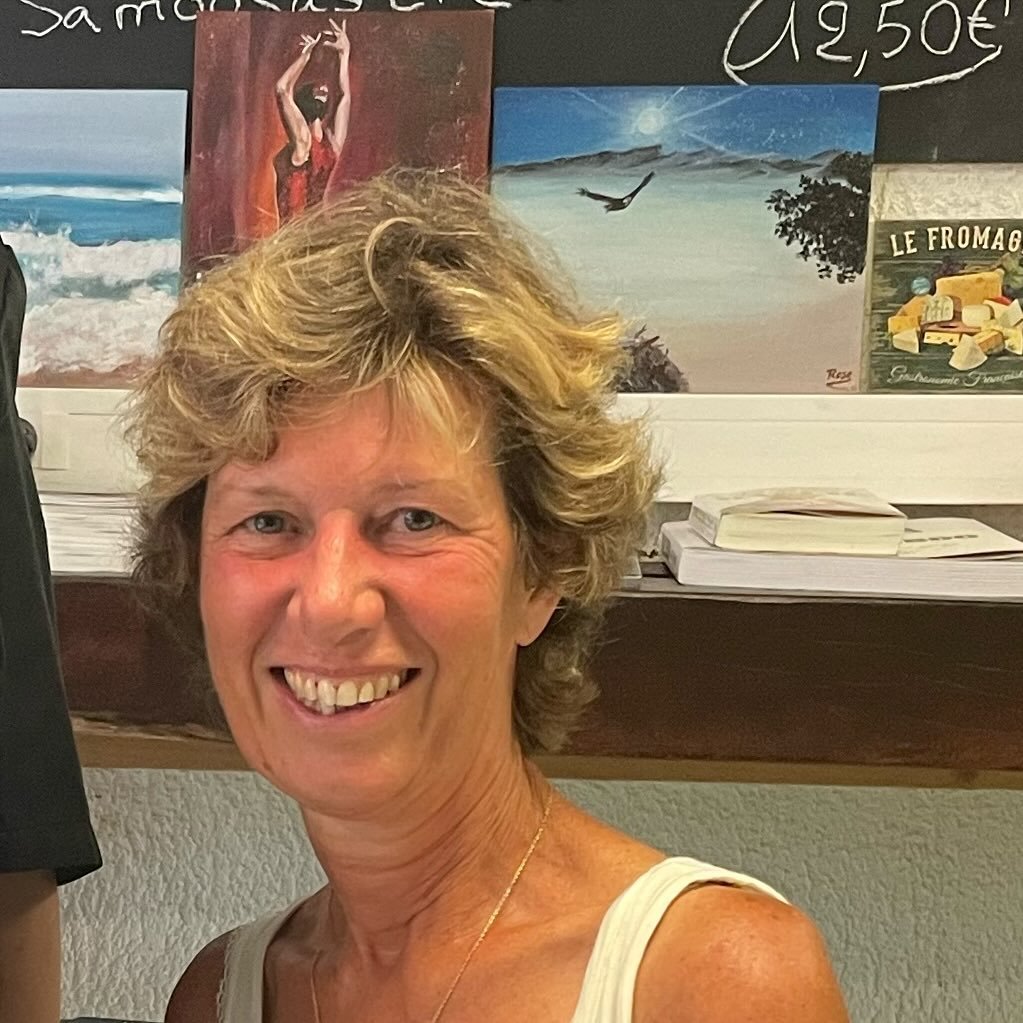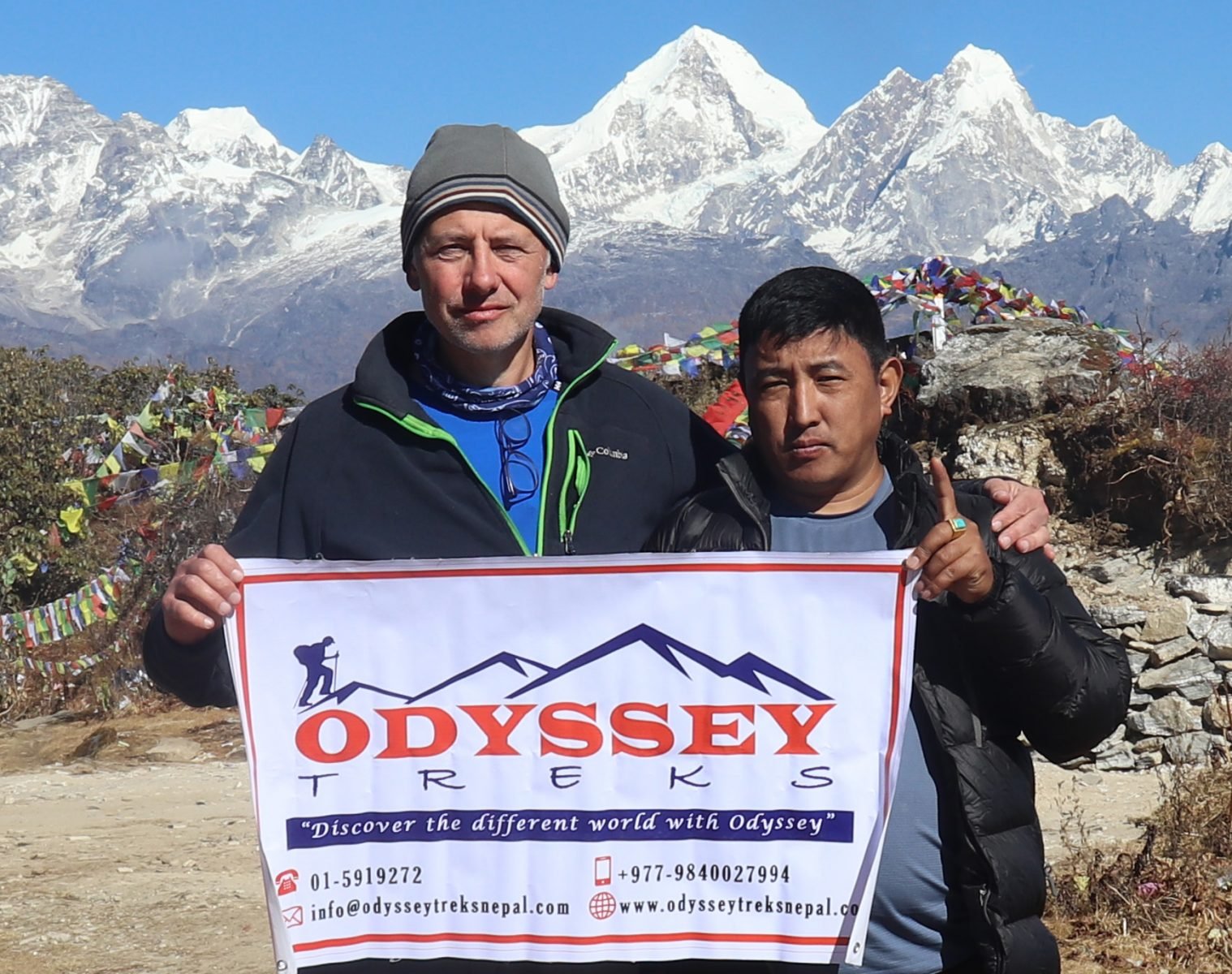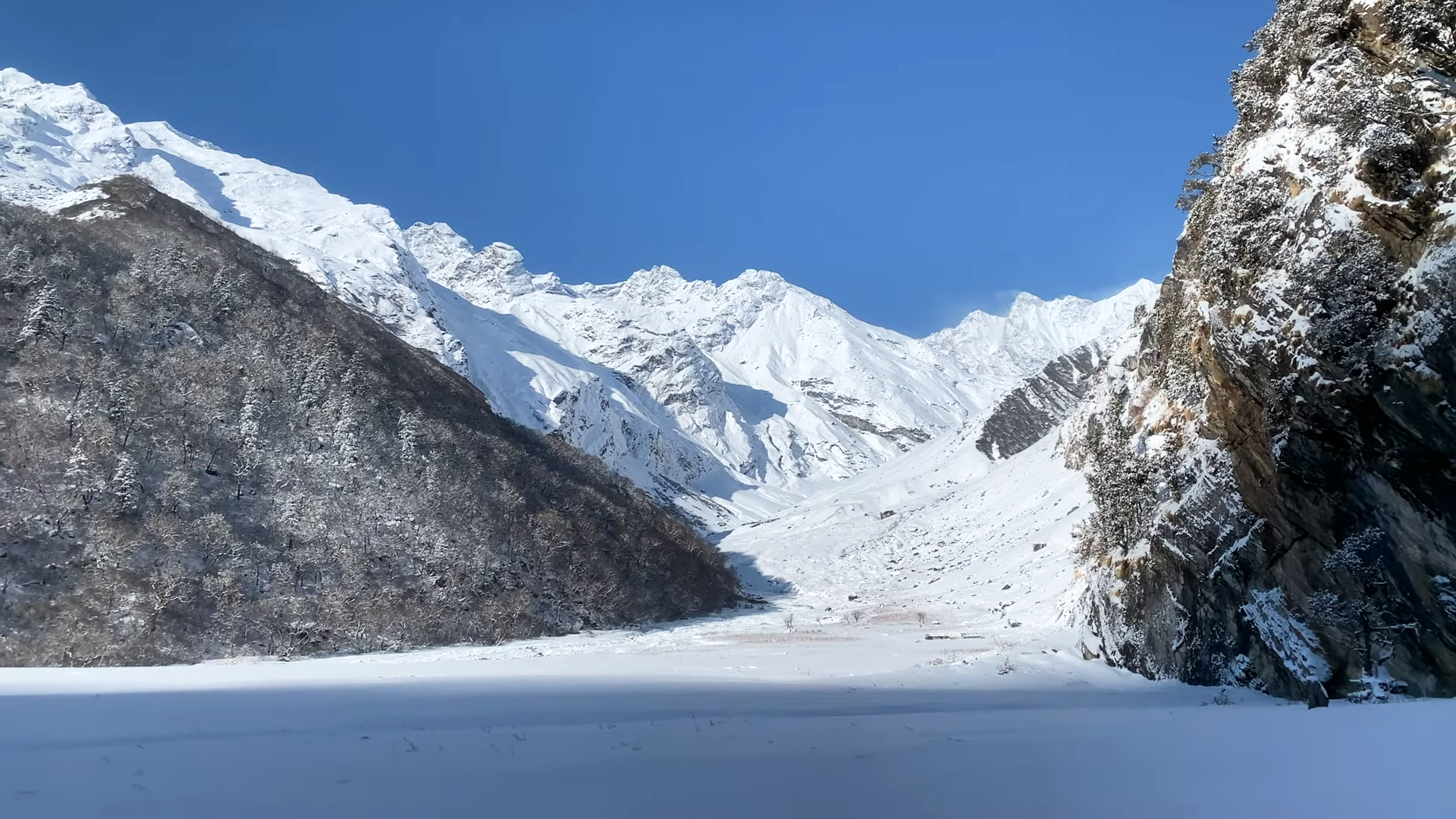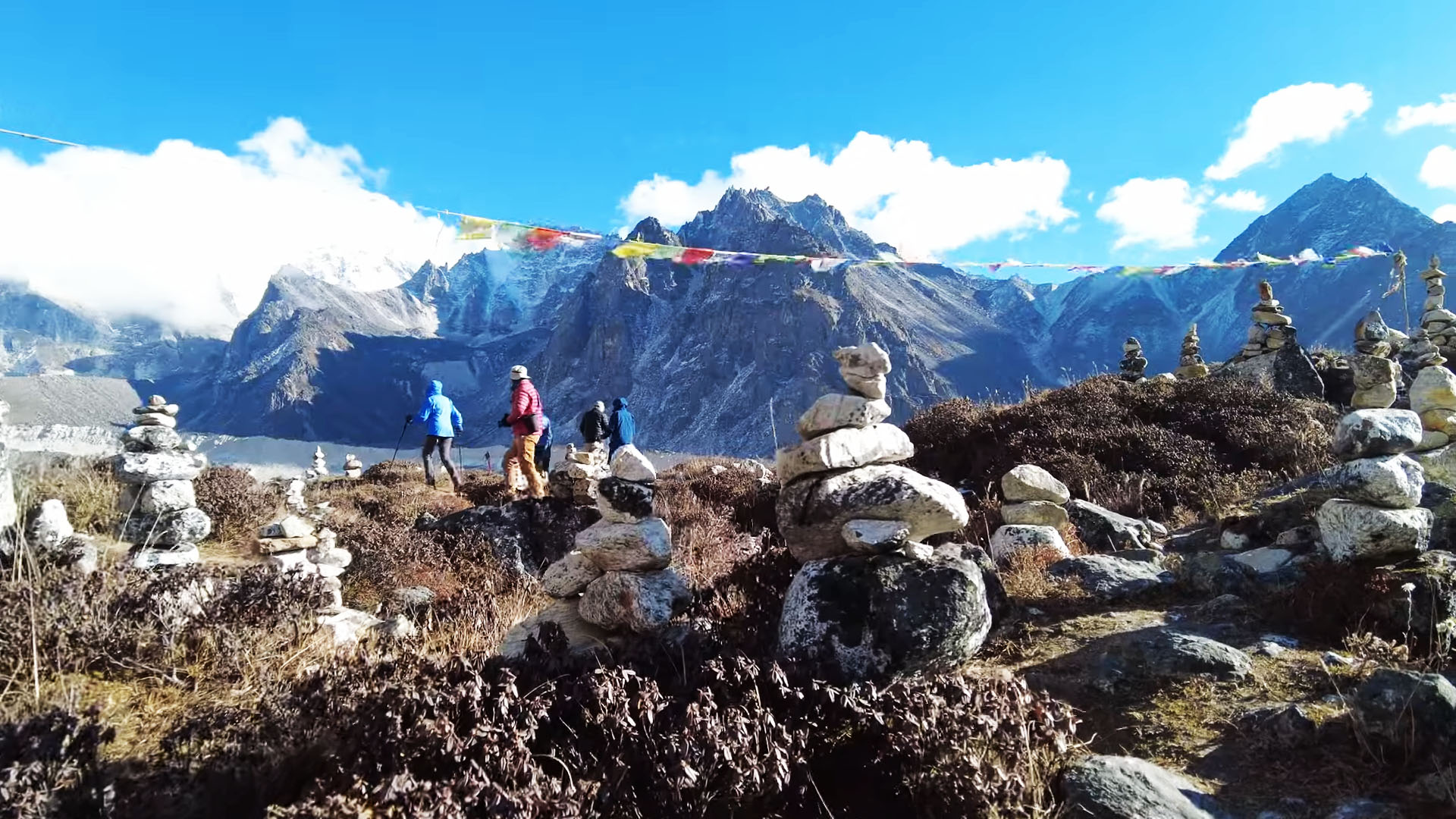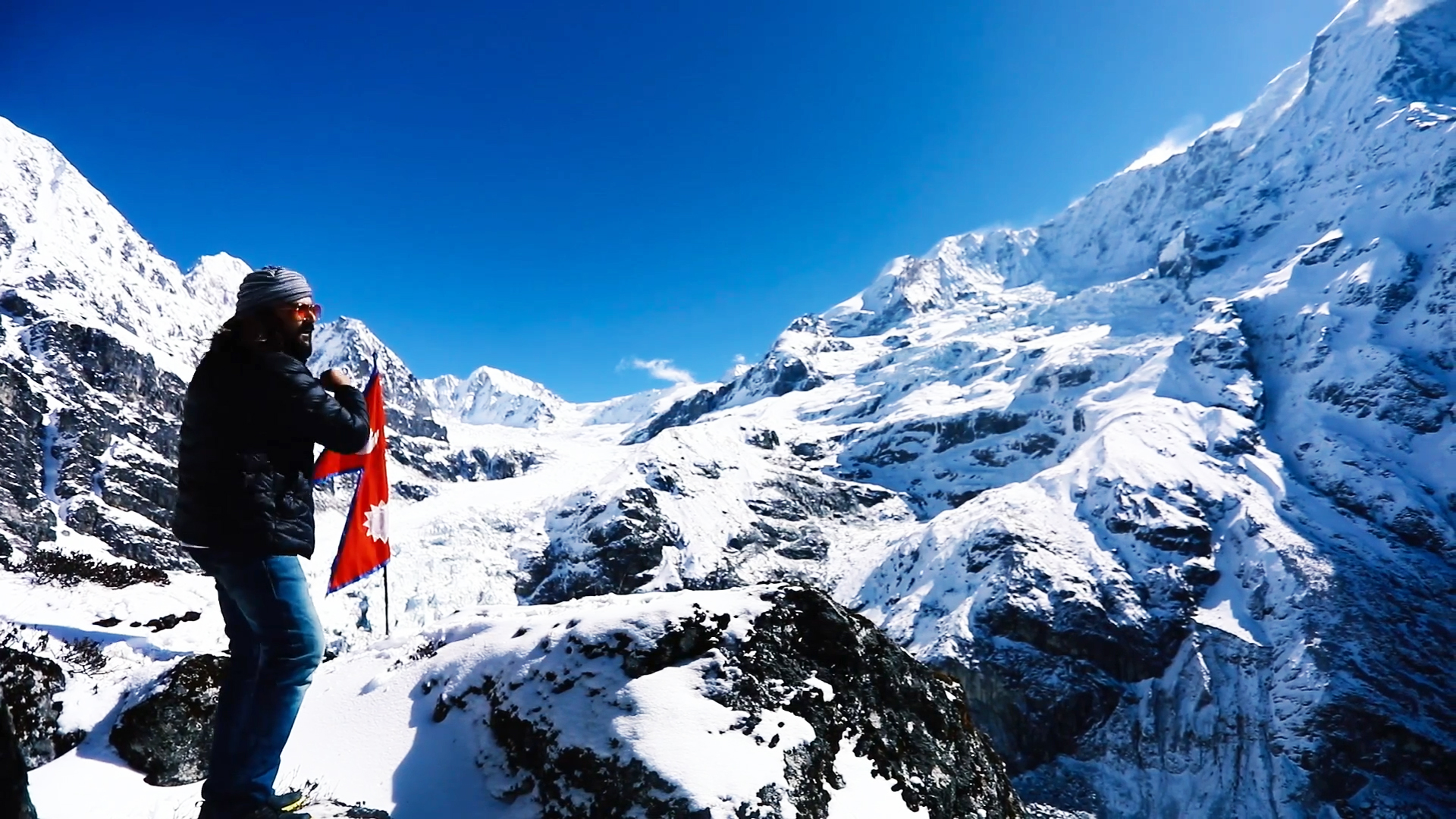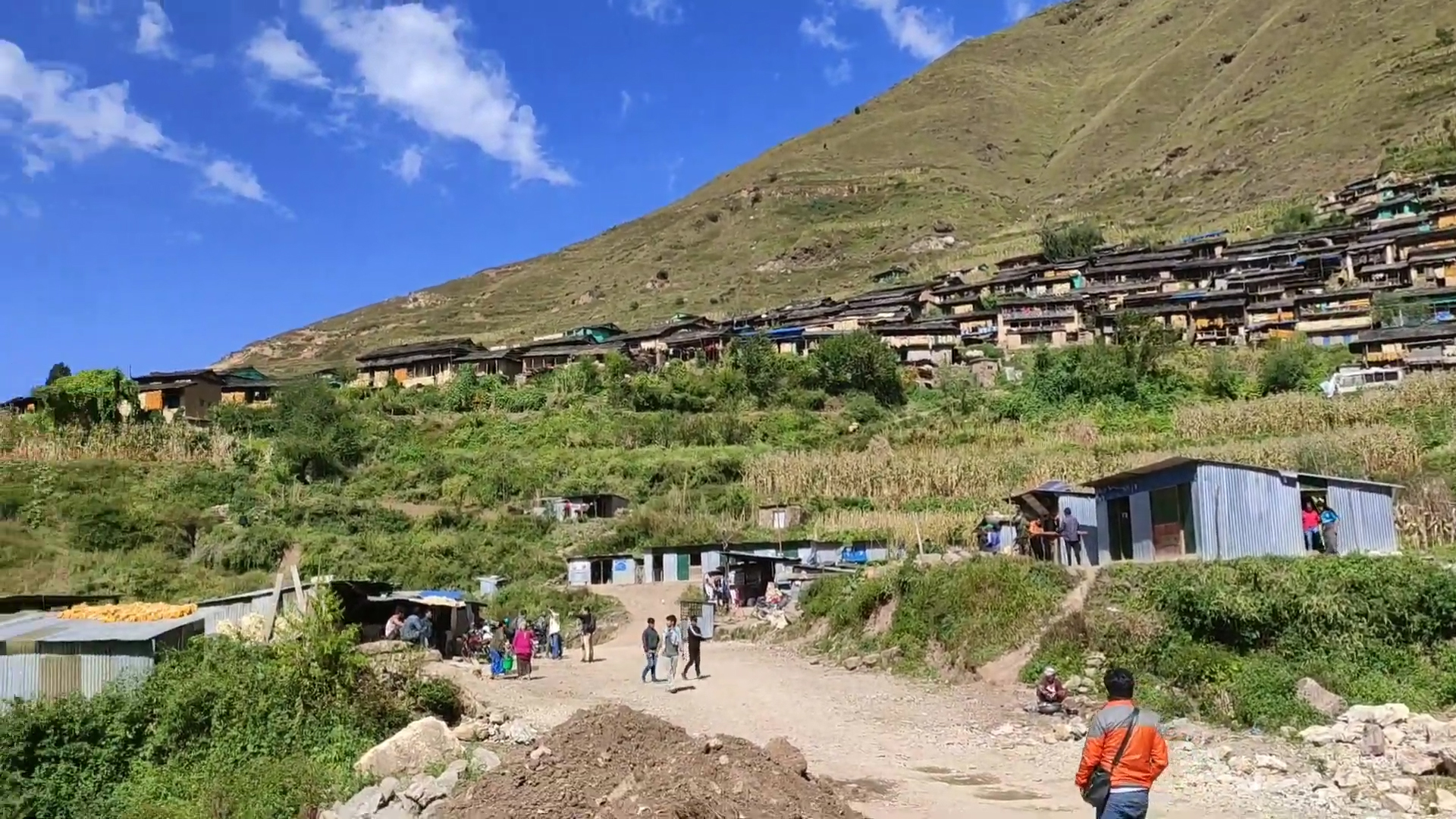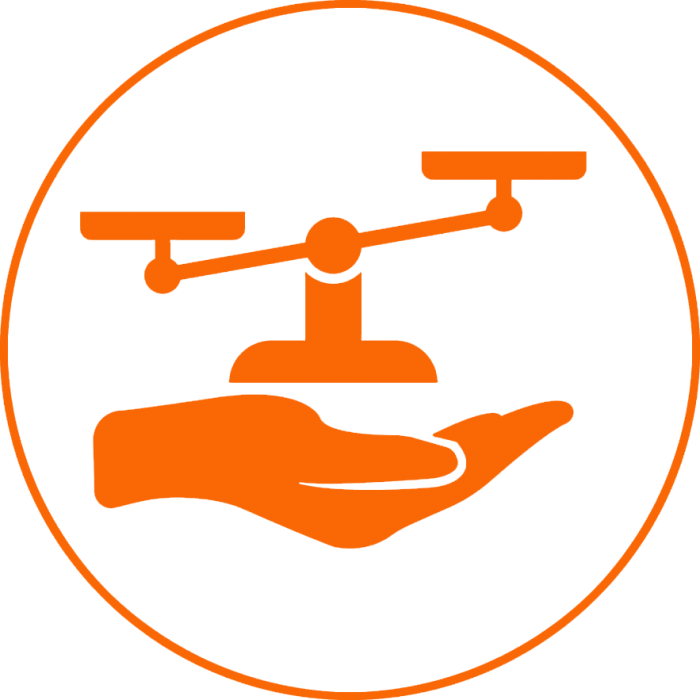Trip Overview
Introduction To Bhairav Kunda Trek
The Bhairav Kunda Trek is a unique off-the-beaten-trail trek in the Langtang region of Nepal. The locals in this region are ready to serve you with wonderful hospitality and respect. Bhairav Kunda in Sindhupalchok district is a newly opened trekking destination. This is famous for exploring the lake at an altitude of 4,240 meters.
It is located near the Tibetan border, one of the most attractive areas close to Kathmandu. The lake is sacred to Hindus. Thousands of pilgrims visit this lake during the full moon in August every year. The word Bhairav is a “destructive” form of Lord Shiva in Hinduism, which comes from Sanskrit, the oldest language in the world.
In addition to visiting the sacred lake, the Bhairav Kunda Trek offers magnificent mountain views of the Dorje Lakpa, Jugal Himal, Madiya, Phurbi Ghhyachu, Rolwaling Range, and Tibetan Himalayan range. The Bhairav Kunda Trekking Trail leads to the peaceful Bhairav Kunda Lake, crossing fascinating mountain views, green forests, and various ethnic villages. During the Bhairav Kunda Trek, you will have opportunities to get close to ethnic people and study their culture, traditions, and daily lives.
Visit also: Bungee Jump in Nepal, Cost, Itinerary, Package
Since Bhairav Kund Trek is a newly opened trail, the route has preserved its natural beauty. The dense rhododendron forest, lush valley, pristine air, Crystal Lake, and the beautiful surrounding mountains of this region are amazing. After reaching Bhairav Kunda, you will congratulate yourself on making the perfect decision for this trip while you are at a beautiful lake surrounded by the mighty white.
A famous sacred Lake for Hindus
It is believed that bathing in this sacred lake washes away all sins. You can also visit a Hindu temple near Bhairav Kunda Lake. Due to the fewer trekkers and the unavailability of tea house lodges, we can only camp on this trek. Camp trekking is a bit more expensive than trekking in other normal areas, as you have to arrange accommodation and food yourself.
Spring and autumn are suitable times for the Bhairav Kund Trek. The trek is possible throughout the year. But the monsoon season is not very good because the trails are slippery and risky.
This trek is located at a lower altitude than the Langtang region and other high-altitude treks in Nepal. The highest altitude of this trek is 4,240 meters, although you may encounter some steep uphills. This 10-day trip is a moderate level that requires physical fitness to complete.
This trek can be the perfect destination for hikers who have been curious about the religion of the nation for thousands of years with religious values. The amazing beauty of this route will give you lifetime memories.
You may also Like: Paragliding in Nepal, Itinerary, Cost, Package.
Trip Itinerary
Drive Kathmandu to Jalbire (1,000m) – 5 to 6 hours.
Jalbire to Chanaute (1,350m) – 4 to 5 hours walk.
Chanaute to Khani Gaon (2,000m) – 6 to 7 hours walk.
Free day at Khani Gaon.
Khani Gaon to Forest Camp (3,150m) – 7 to 8 hours walk.
Forest Camp to Pati (3,765m) – 5 to 6 hours walk.
Pati to Bhairav Kunda (4,250m) – 3 to 4 hours walk.
Bhairav Kunda to Sherpa Gaon (2,500m) – 7 to 8 hours walk.
Sherpa Gaon to Larcha (1,500m) – 5 to 6 hours walk.
Drive Larcha to Kathmandu – 6 to 7 hours.
Why not list the price?
Each client's needs may be different. The price of the trip varies according to the size of your group and the service you want. The cost of the trip is calculated according to the type of service and accommodation chosen by our customers.
Each trip is customized to fit the client's needs and group size, so the price of each organized trip is different. Please let us know the service you want and the size of the group. We create trips to suit your taste and travel budget per your requirements. Hope you find our price calculation reasonable according to your needs and preferences.
Frequently asked questions about this trip
How difficult is the trek?
The difficulty depends on where and how long you want to trek. The short trek is easy while the long trek requires some physical fitness.
What is altitude sickness?
Altitude sickness is normally known as acute mountain sickness. This can happen when people rapidly climb up to an altitude of more than 3000 meters. We ensure minimal risk by adding rest to our trekking itineraries. Most people will feel some effects of altitude, some shortness of breath and possibly light headache, this is normal enough. Acute mountain sickness patients are quite different and usually have a serious headache, sickness, and lose awareness. In almost all possible cases there are sufficient warning signs to take action properly. Descending to a lower altitude is usually enough to prevent any further problems.
What type of accommodation is available during the trekking?
There are mainly tea houses and lodges available for trekking and they are usually made using local materials and are very comfortable. These accommodations are often family-run and usually provide single and double rooms. The dining room is on the ground floor and is often on fire. All food will be cooked in order in the family kitchen. Toilet facilities are sometimes separate and sometimes outside. Most lodges provide mattresses and blankets. It's a good idea to always have a sleeping bag, which can be useful, and perhaps an inflatable pillow.
How long do we walk every day on trekking?
Trekking programs are classified into three different categories: soft, moderate and hard. Soft treks are only about 7 days to 10 days in duration. They generally do not go above 4000 meters; you can expect to walk about 4-5 hours each day. Moderate treks are challenging enough and long treks that go to the high hill country. Physically exhausting, this involves trekking along the cliffs of the mountains for about 6-8 hours. Harder treks are longer treks that go farther away from the general abode of trekkers and tourists. These physically challenging treks involve walking for 7- 9 hours each day.
How much weight do I need to carry on the trek?
You carry some of your personal belongings, such as warm clothing, water, snacks, sun block, cameras and more. Generally, these items will be lightweight, from 5 to 10kg (10 to 20 pounds). Our porters are available for other heavy goods and for your information one porter would be sharing by two people. The maximum weight carried by one porter is total 20 kg. this means 10 kg. per person is allowed for the trek. In case if you wish to carry more than this weight then you need to hire additional porters.
What is the best time for trekking in Nepal?
October and November are considered as the best times for trekking in Nepal due to dry season. December and January are also considered good times for trekking but it is extremely cold at high altitudes.
Google Reviews
Guest reviews
Thank you a lot for your organization about my trek. It was a superb experience; all was perfect. Karma is a very nice person and a good guide. I appreciated trekking with Odyssey (a reliable Nepal trek operator). If I come back to Nepal, I will be happy to...
Have just returned from my fourth trip to Nepal and as always Odyssey Treks organized everything superbly. We visited Makalu relatively late in the season and were rewarded with empty trails and amazing weather. Karma was as entertaining, friendly, and informative as ever along with Ang Dawa Sherpa who...

